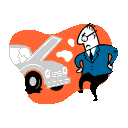 The Brake Warning is Light On?
The Brake Warning is Light On?
This may be caused by a leak or lack of fluid or faulty master cylinder or servo, which will render your brakes not fully functional. It could also be a faulty sensor or electrical fault.
The ABS Warning Light is On?
Fault in the ABS Braking system
I experience Brake Fade?
Incorrect, distorted or heat effected linings, Overloaded Vehicle or Rear Brakes not working properly
Spongy Pedal
Air in System or distorted or faulty linings
Long Pedal Travel
Loose or worn Bearings, Disc Run Out, Drum Brakes need adjustment or Fluid leak
Brakes Binding
Handbrake maladjusted or Seized Caliper Pistons
Hard Pedal
Poor Braking caused by incorrect or glazed linings, Servo inoperative,
seized Caliper pistons, faulty Master Cylinder or Poorly bedded in linings
Weak or ineffective handbrake
Worn rear brake pads or faulty rear calipers or worn handbrake shoes
Brakes Pulling or locking up
Faulty drum or Disc, Unsuitable Tyre pressure, Worn Linings or Seized Caliper Pistons
Fall in Brake fluid Level
Worn pads, Brake fluid leak in:- calipers; brake cylinders hose connections, wheel cylinders or brake pipe work
Brake Squeal
Incorrect pads fitted, Worn retaining pins, No pad dampening shims
Loss of pedal
Master Cylinder failure, Burst pipe or hose, Fluid seal leak in calipers or wheel cylinders. Overheated or vaporized Brake Fluid.
Pedal Flutter (pulsing pedal)
Distorted discs or oval drums
Brake Pad Glazed or bluing apparent
Pad has probably overheated
Caliper piston stuck or uneven operation
Corroded or worn Caliper slides
Uneven Pad Wear
Corroded or worn caliper slides, ceased piston, incorrect brake fitting
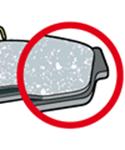 If you don't drive the vehicle - they'll last forever.
If you don't drive the vehicle - they'll last forever.
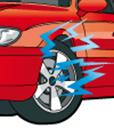 Brakes should operate with a minimal amount of noise, however some noise is normal, but excessive squeal, screech, grinding, groaning or banging means that your brakes need attention.
Brakes should operate with a minimal amount of noise, however some noise is normal, but excessive squeal, screech, grinding, groaning or banging means that your brakes need attention.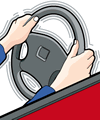 If the brake pedal, steering wheel or the entire vehicle shakes, vibrates or pulsates when the brakes are applied, then the disc brake rotors may need resurfacing.
If the brake pedal, steering wheel or the entire vehicle shakes, vibrates or pulsates when the brakes are applied, then the disc brake rotors may need resurfacing.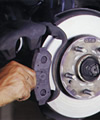 B & R Brakes recommends that rotors be machined as a routine part of every brake job.
B & R Brakes recommends that rotors be machined as a routine part of every brake job. The key to selecting the right brake pad for your car and to achieving efficient braking is matching your driving style and vehicle type with the right brake pad formulation. We are the specialists, so let us help you to decide on what suits you.
The key to selecting the right brake pad for your car and to achieving efficient braking is matching your driving style and vehicle type with the right brake pad formulation. We are the specialists, so let us help you to decide on what suits you.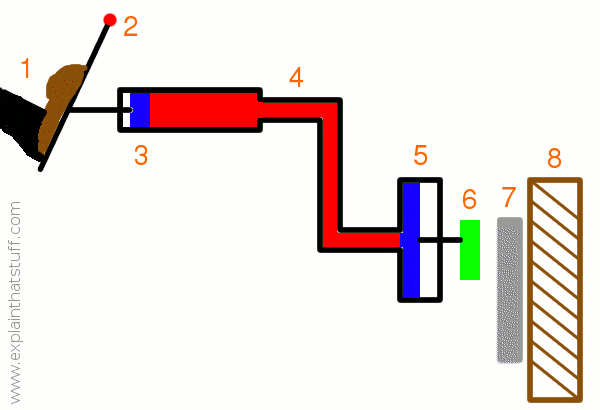
 The Brake Warning is Light On?
The Brake Warning is Light On? 